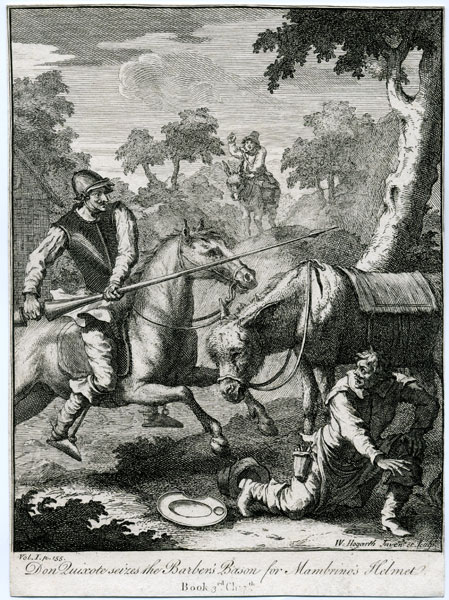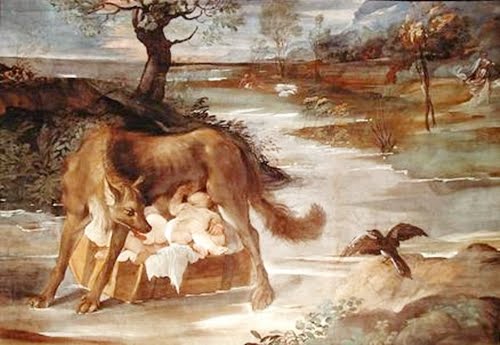In the book "Don Quijote de la Mancha" Miguel de Cervantes y Saavedra (1547-1616) highlighted the contrasts between reality and ideal. Don Quixote seeks the absolute; Sancho Panza observes life as much as his mental limitations allow it.
The novel has inspired writers and artists.
No livro "D. Quixote de la Mancha" evidenciou Miguel de Cervantes y Saavedra (1547-1616) os contrastes entre a realidade e o ideal. Don Quixote busca o absoluto, Sancho Pança observa a vida, tanto quanto as suas limitações mentais o permitem. O romance inspirou escritores e artistas plásticos.
Gustave Doré (1832-1883)-'fighting a windmill on his horse'-illustration
Francisco José de Goya y Lucientes (1746-1828)-'Don Quixote'-drawing-1816 in Tauromaquia
William Hogarth (1697-1764)-'D. Quijote before he receive the honor of knighthood'-copper plate engraving-1822
William Hogarth (1697-1764)-'D. Quijote seizes the barber's bason for Mambrino's helmut'-copper plate engraving-1822
José Guadalupe Posada (1852-1913)-'the squeleton of Don Quijote'-metal engraving-ca 1905 Aguas Calientes (México)-Museo José Guadalupe Posada

















































